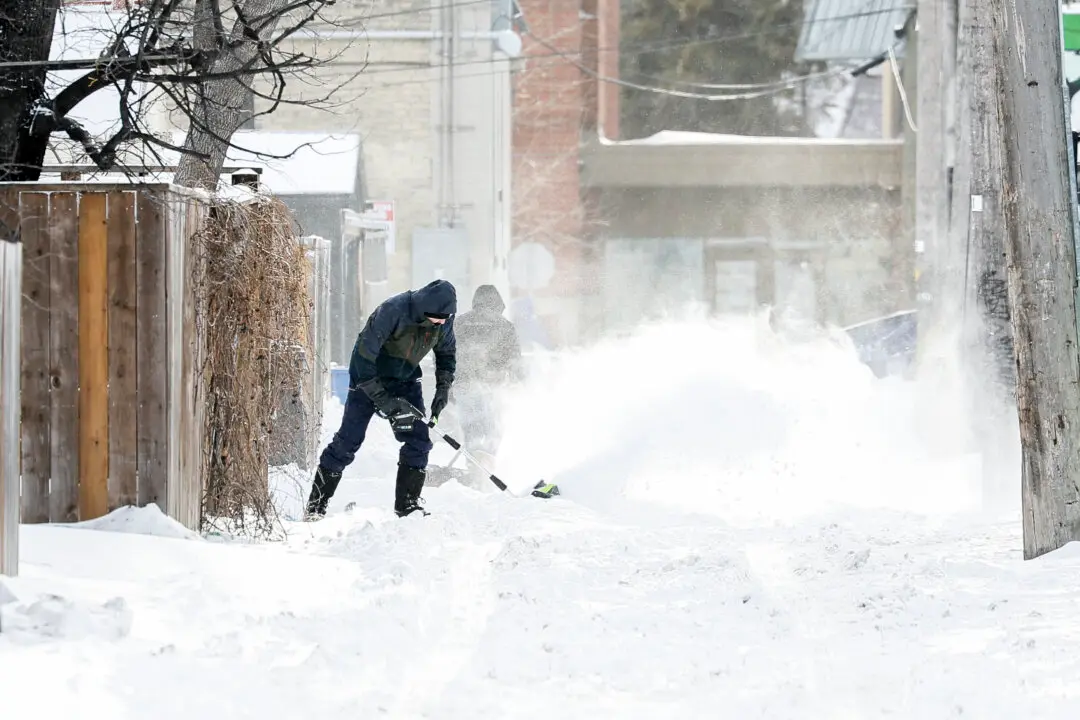MONTREAL—As the COVID−19 pandemic has spread across Canada, no places have been harder hit than Quebec’s long−term care homes, where single facilities have seen dozens of residents die.
Half the province’s 435 deaths as of Tuesday had occurred in seniors homes, and 90 percent of all deaths have been people over 70. Premier Francois Legault said Tuesday inspectors have identified 41 care homes that require monitoring because of a high number of COVID−19 cases.





